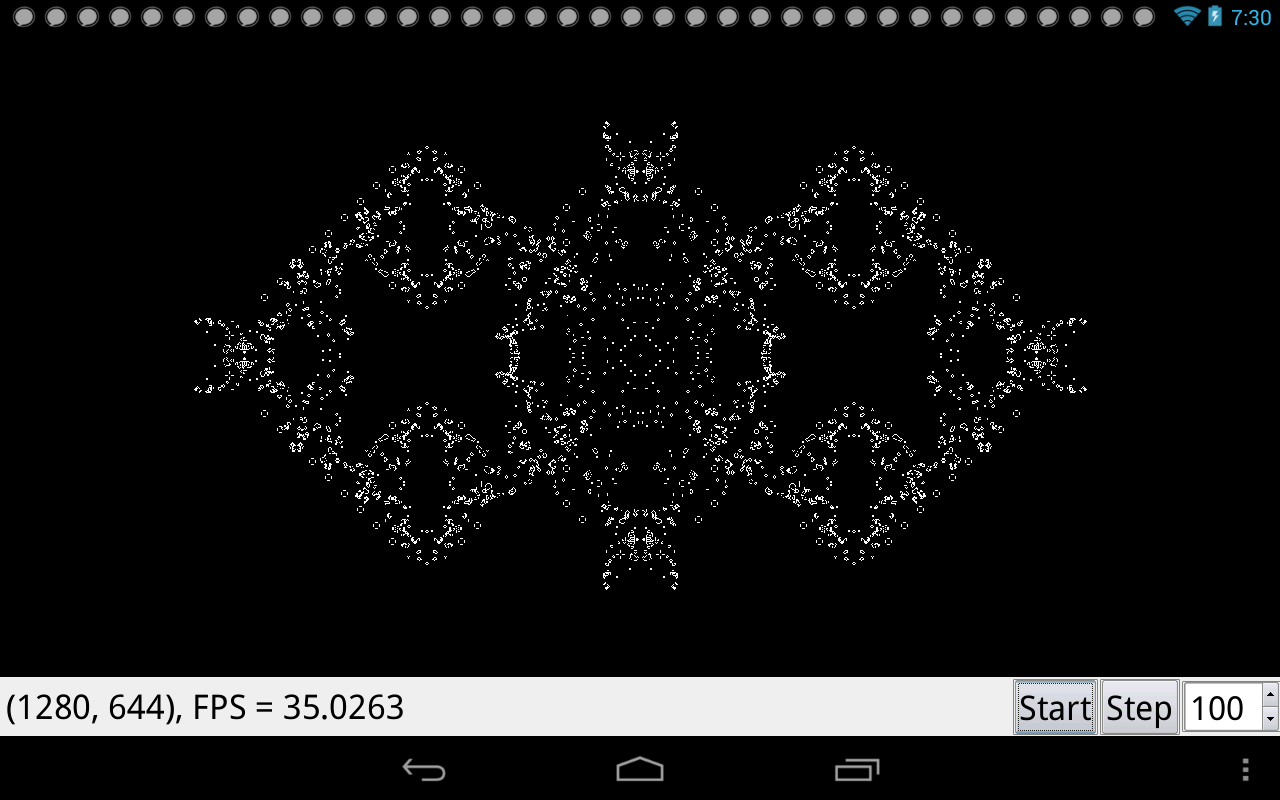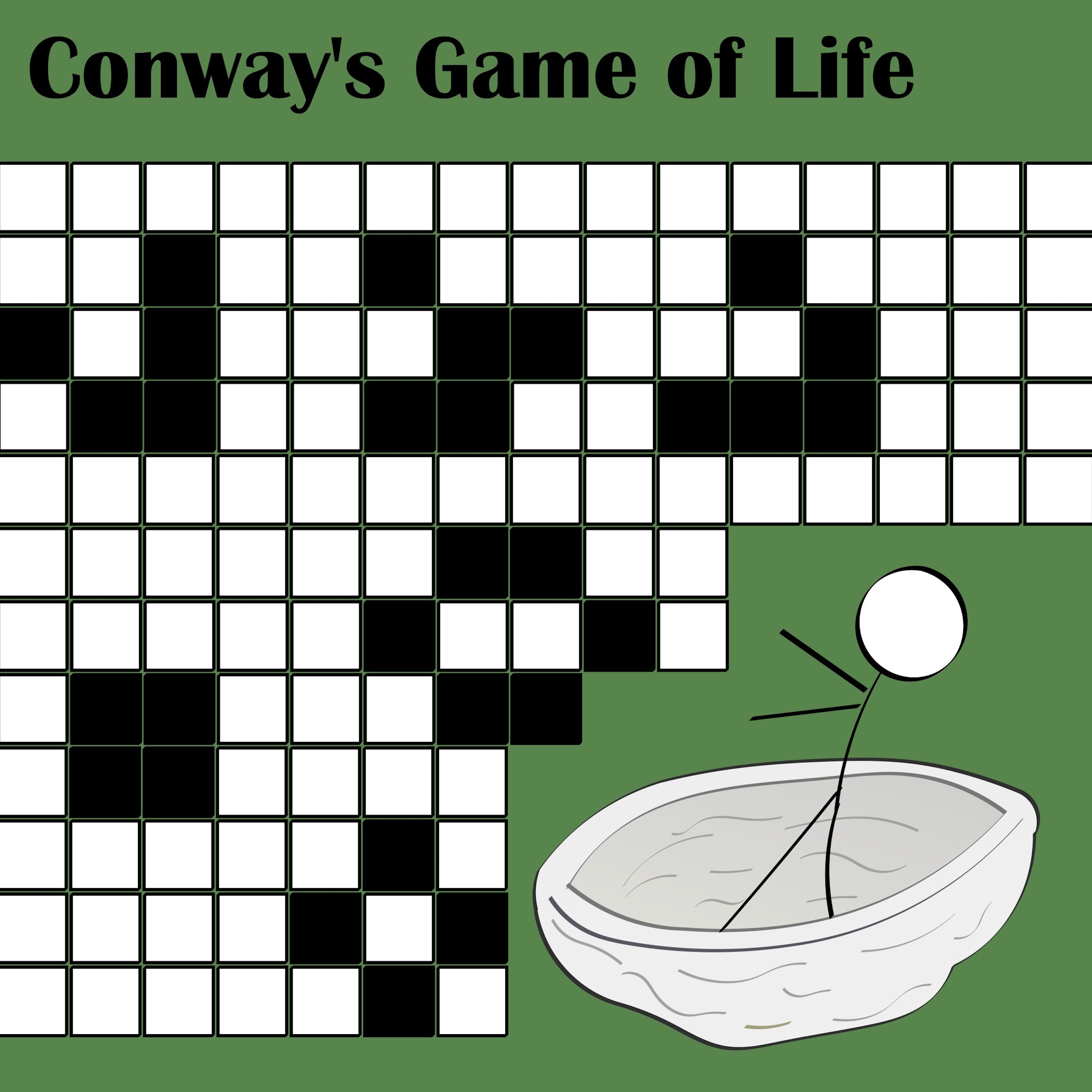

Neighbors I wrap the grid around at the edges. In this version, the space is finite but unbounded - that is, in counting
#Game of life conway java code#
For a space that is 'empty' or 'unpopulated' Each cell with three neighbors becomes populated. Introduction Coding Challenge 85: The Game of Life The Coding Train 1.57M subscribers 10K 610K views 5 years ago Coding Challenges In this coding challenge, I attempt to code Conway’s. Each cell with two or three neighbors survives. Each cell with four or more neighbors dies, as if by overpopulation. The Rules:īelow are the rules to life: For a space that is 'populated': Each cell with one or no neighbors dies, as if by loneliness. The clear button starts the process over. Pressing stop will stop the program and allow you Pressing the startīutton will start the program. If you simply click on the grid you will change the cell - a blankĬell will be filled and a filled cell will be empty. The rules of the game are: Any live cell with. You can also addĬells directly by clicking on the grid. write a code that given a 2D array and a number of generations, compute n timesteps of Conways Game of Life. You can select some default starting points by using theĬombination box on the left of the bottom control panel. In fact, a computer that calculates prime numbers has been designed within the Wireworld system.Below is a java version of John Conway's Game of Life. Components are relatively easy to combine and the capabilities of the automaton make it Turing-complete. Using these four simple rules, it is possible to design structures such as diodes (shown below), logic gates, and clock generators. Conductors (yellow) become electron heads if exactly one or two neighboring cells are electron heads. Electron heads (blue) become electron tails in the succeeding generation. Empty cells (black) always remain empty. Wireworld uses four possible cell states and has the following rules:

Wireworld is a cellular automaton that simulates electronic devices and logic gates by having cells represent electrons traveling across conductors. "Demon" artifacts, as shown below, create these spirals and are constructed from adjacent groups of cells which constantly devour each other and create a rotating pattern. Two dimensional cyclic cellular automata typically result in spiraling patterns that eventually consume the entire grid. Cycles involving more than 4 colors tend to produce patterns that stabilize more quickly when compared to 3 or 4-color cycles. One dimensional cyclic cellular automata can be used to model particles that undergo ballistic annihilation. Whenever a cell is neighbored by a cell whose color is next in the cycle, it copies that neighbor's color-otherwise, it remains unchanged. In cyclic cellular automata, an ordering of multiple colors is established. The Immigration Game and the Rainbow Game of Life can both be viewed and played here. Some investigations on the propagation of colors in the Rainbow Game of Life can be seen here. The Rainbow Game of Life is notable for being somewhat analogous to genetic properties spreading through a population of creatures. Thus, a cell which is born from two black cells and one white cell will have a dark gray appearance. The Rainbow Game of Life is similar to the Immigration Game, only newborn cells instead are colored based on the average color values of their parent cells.


 0 kommentar(er)
0 kommentar(er)
